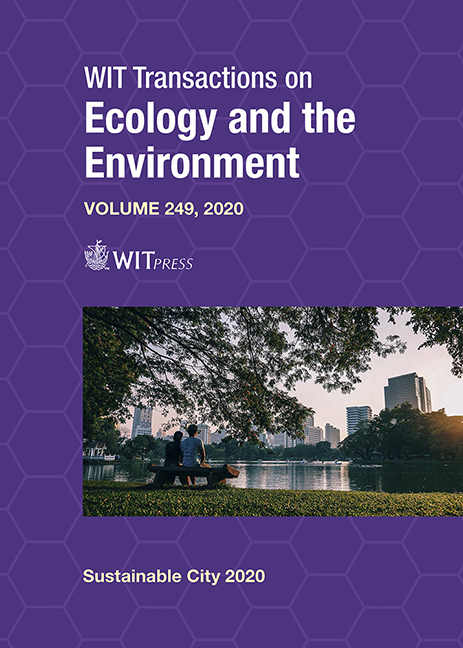EVALUATING THE LEGIBILITY OF COMPLEX BUILDINGS: A QUANTITATIVE MODEL FOR INDOOR WAYFINDING
Price
Free (open access)
Transaction
Volume
249
Pages
13
Page Range
139 - 151
Published
2020
Paper DOI
10.2495/SC200121
Copyright
WIT Press
Author(s)
SARAH H. AHMED, DINA S. TAHA, ASMAA E. HASAN
Abstract
Wayfinding presents a significant aspect in architectural design since it is associated with the spatial organization and the legibility of indoor environments. It is believed that the physical characteristics of the indoor environment influence the performance of individuals in finding their way in complex settings. Navigation in such buildings can be a distressing process if the needed spatial information is not clearly presented to users; hence, it is important during the design phase to consider the factors that affect users’ wayfinding performance. This paper examines these factors in indoor environments and focuses on the design variables that influence their legibility. Furthermore, it attempts to develop a quantitative evaluation model that assesses wayfinding in complex buildings in terms of their architectural design variables, through assigning weights of importance to these variables. For the purpose of implementing and testing the evaluation model, two case studies were conducted in shopping centers in Cairo, Egypt. The performance of users during the study was found to be consistent with the results of the evaluation model. This suggests that the assigned weights of the design variables were rather logical. These weights help in defining the design priorities for wayfinding: building configuration and its complexity are regarded as the first priority, followed by architectural differentiation, visual accessibility, and lastly, landmarks.
Keywords
architectural design, complex buildings, legibility, wayfinding performance





